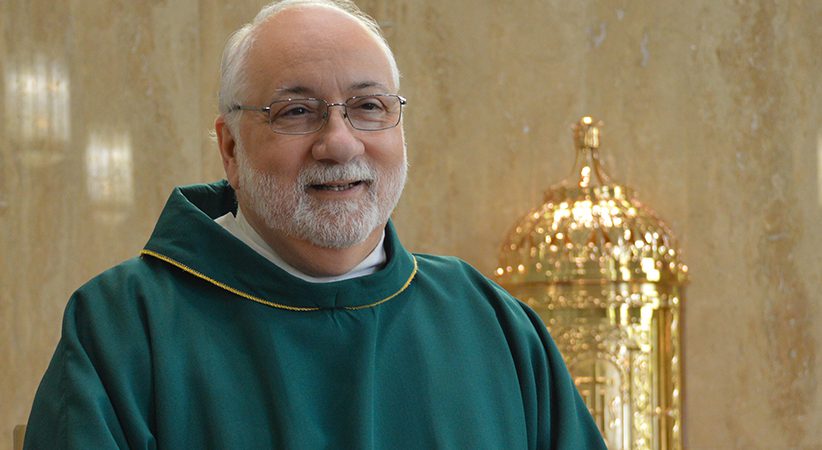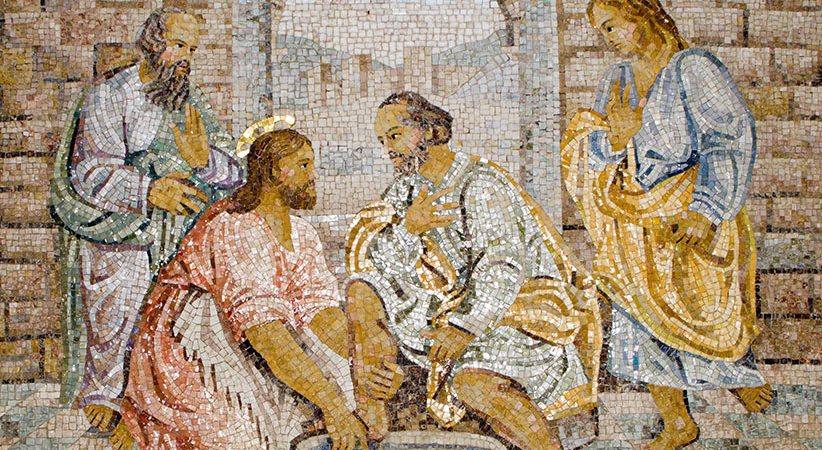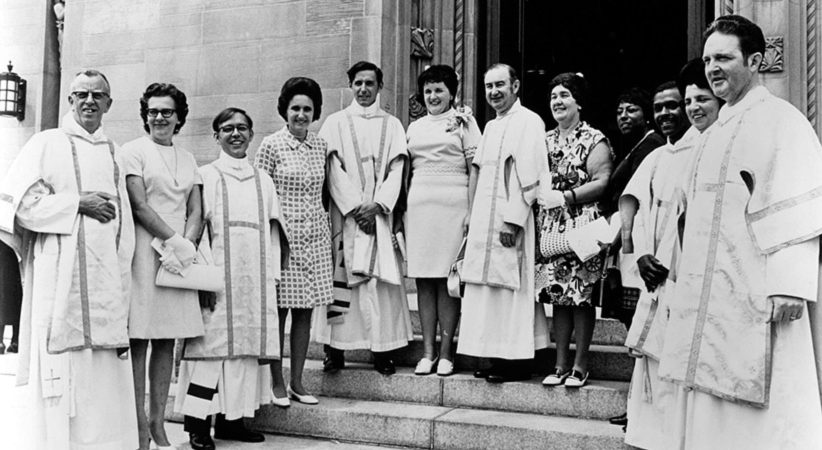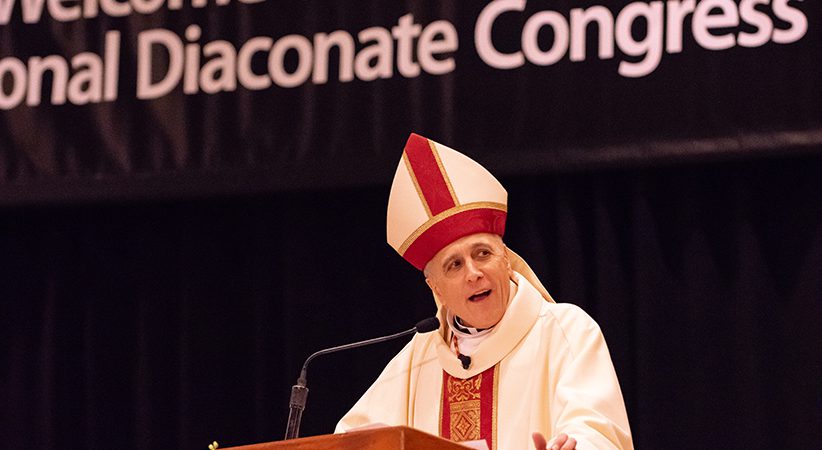The Art of Dying
There is more to prepare than just the mechanics of death
Dr. Stephen Doran Comments Off on The Art of Dying
It was March, nearing the end of Lent. In the exam room, an elderly woman sat in a wheelchair with a placid, content look on her face. She was accompanied by her family, two daughters and a son who bore a concerned countenance that betrayed their underlying fears. Over the past few weeks, Mary was having problems walking, something new for her. Her family doctor ordered an MRI of her brain, which revealed a large tumor. The next day, Mary arrived in my neurosurgery clinic.
A review of the scan demonstrated a large tumor that could not be safely removed. Almost certainly it was a highly malignant, rapidly growing tumor. I recommended a biopsy of the tumor, which was performed a few days later. The biopsy specimen was sent off for analysis, a process that takes several days.
The following week, Mary and her family returned to my office to discuss the biopsy results. As expected, the tumor was malignant and universally fatal. Mary had only a few months left to live.
I began our conversation by saying, “Mary, I’m sure it must have been difficult this past week as you waited for the biopsy results.”
With the gentlest of smiles, Mary replied: “Oh, Dr. Doran … not at all. This has been my holy week.” As tears streamed down the faces of her children, Mary and I talked about her prognosis and treatment options. Radiation and chemotherapy were recommended, and appointments with the appropriate specialists arranged. We ended with prayer. Mary died three months later.
“This has been my holy week.” How could this be? How could seven days anticipating a fatal diagnosis be a holy week? How could Mary die so well?
‘The Ars Moriendi’ — The Art of Dying Well
In the 15th century, a text entitled Ars moriendi (“The Art of Dying”) circulated throughout Europe. This booklet of uncertain authorship was written in response to the devastation of the Black Plague, which killed one-third of the population of Europe. It was intended to help the faithful prepare for death.
The manuscript begins by saying: “It is very important that everyone should have the art of dying well. … But very rarely does someone prepare himself properly for death at the right time, as everyone believes they are going to live for a long time, and they never believe that they are so close to death.”
The Ars Moriendi goes on to describe the things necessary for salvation: belief in Christ, repentance from sin, forgiveness of others, reparation for past offenses. The booklet warns that “those about to die have graver temptations than they have ever had before.” As death approaches, the dying person experiences temptations to lose faith, to despair, to impatience, to pride and to preoccupation with temporal things.
About 200 years later, St. Robert Bellarmine published his devotional work, “The Art of Dying Well.” Bellarmine begins with what should be self-evident: “He who lives well, will die well.” Furthermore, to die well requires us to die to the world so that we may live to God. The essence of the good life is to cultivate the theological virtues of faith, hope and charity. To live well and die well, we are also called to be obedient and chaste and be ready to meet Christ. We should be detached from worldly riches, avoid “ungodliness,” show justice and live a temperate life. To die well, we should live a life of prayer, fasting and almsgiving.
From this we can probably guess why Mary died so well. Mary lived well. In our short time together, I came to know Mary as a woman of faith who was generous and exuded joy. Her holy week of waiting was less anticipation of impending death and more expectation of the resurrection. Mary did not have some maudlin death wish, but she lived her life in preparation for the inevitable moment when she would meet Jesus.
A Reminder to Preach and Talk about Death
All too often, I encounter patients and family members who have never considered the reality of death, especially the existential issues surrounding the end of life. While it is fairly common for patients to have prepared some sort of document in anticipation of death (a living will, advance directives, etc.), they limit their preparation to the mechanics of dying. Modern medicine has reduced the process of dying to a technological event: Should we continue to treat the cancer? Should we stop the ventilator? Should we place a feeding tube?
However, as Cardinal Joseph Ratzinger wrote in “Eschatology: Death and Eternal Life” (Catholic University of America Press, $16.95), “The dying of a human being cannot be confined to the moment of clinical death.” Rather, while alive on earth, humans are meant to be an indivisible union of body and soul, and the Resurrection is the perfect realization of this harmony. Death is the necessary event linking these two states.

Again, the dying of a human cannot be confined to the moment of clinical death. Humans are forced to accept the fact that their lives are not under their own power.
They can respond in one of two ways. They defiantly can seek to gain power over their own existence, but this is an exercise in futility, leading ultimately to anger, frustration and despair.
The alternative response to death is to trust the power that actually controls their existence. “And in this second case, the human attitude toward pain, toward the presence of death within living, merges with the attitude we call love,” Cardinal Ratzinger wrote. The confrontation with physical death is the confrontation with the basic question of human existence. For the Christian, “physical death is met with in the daring of that love which leaves self behind, giving itself to the other.” The God who died in the person of Jesus is the source of this love.
When Christians die, they die into the death of Christ himself. “Death is vanquished when people die with Christ and into him. This is why the Christian attitude must be opposed to the modern wish for instantaneous death, a wish that would turn death into an extensionless moment and banish from life the claims of the metaphysical.”
Baptism: The Beginning of Dying Well
Mary’s holy week of preparation for death began 72 years earlier at her baptism. As St. Paul tells us in Romans 6:3-4: “Are you unaware that we who were baptized into Christ Jesus were baptized into his death? We were indeed buried with him through baptism into death, so that, just as Christ was raised from the dead by the glory of the Father, we too might live in newness of life.”
Deacons are often called upon to celebrate the Sacrament of Baptism. What a perfect time to talk about death! Likewise, deacons often preside over wake services. What a perfect time to talk about baptism! We are baptized into the death and resurrection of Christ. The Catechism of the Catholic Church says baptism “signifies and actually brings about death to sin and entry in the life of the Most Holy Trinity through configuration to the Paschal Mystery of Christ” (No. 1214).
The Ars Moriendi, the art of dying well, is dying into the death and resurrection of Christ. This will draw us into the “daring of love” that will immerse us into the holiness of death and the eager anticipation of the Resurrection.
DR. STEPHEN E. DORAN, MD, is a neurosurgeon and a clinical assistant professor of surgery at the University of Nebraska Medical Center in Omaha, Nebraska.
……………………………………………………………………………………………………………………………………………………………………..
‘HOW I THIRST FOR HEAVEN’
“How I thirst for Heaven — that blessed habitation where our love for Jesus will have no limit! But to get there we must suffer … we must weep. … Well, I wish to suffer all that shall please my Beloved.”
— St. Thérèse of Lisieux
……………………………………………………………………………………………………………………………………………………………………….





